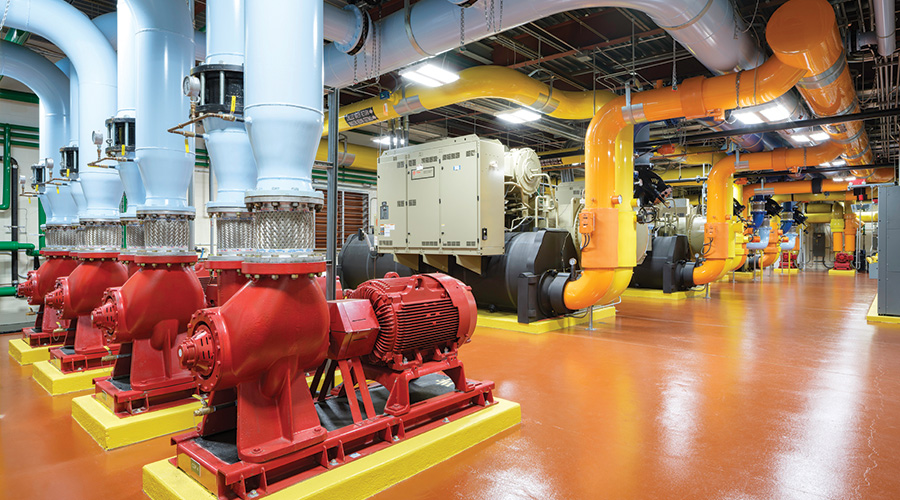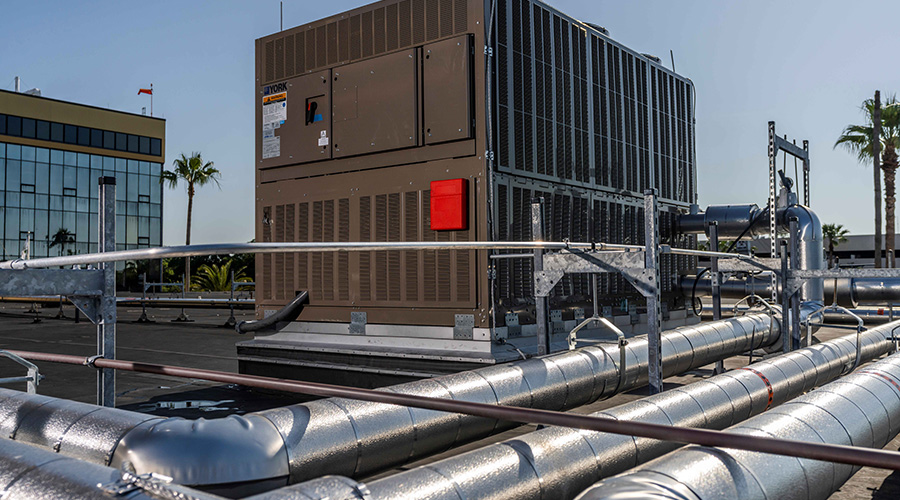Variable-Frequency Drives Improve Efficiency, Lower Noise Levels
When considering a motor-replacement program to improve energy efficiency, the use of variable-frequency drives (VFD) is one of the most important considerations.
Loads for HVAC applications are rarely constant. Most HVAC systems operate at less than full load 90 percent of the time.
In this context, VFDs offer managers a convenient means of improving motor efficiency, particularly on an annual basis. VFDs also offer lower noise levels in piping and fan systems, due to lower flow rates. And because the units control the voltage and frequency of the power provided to motors during start-up, they reduce the motor’s heat build-up and mechanical stresses.
The amount of success using VFDs will depend on the application and the variability of the load, but managers who have installed VFDs regularly find they reduce motor energy use 50-70 percent, without harming system performance.
Related Topics:















